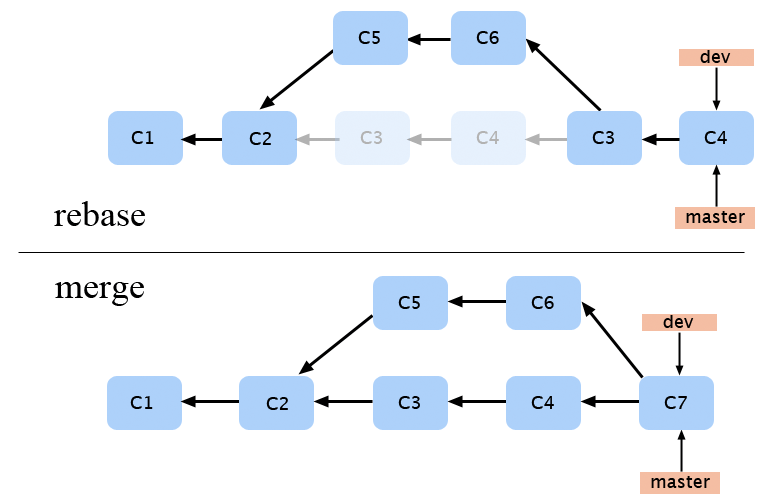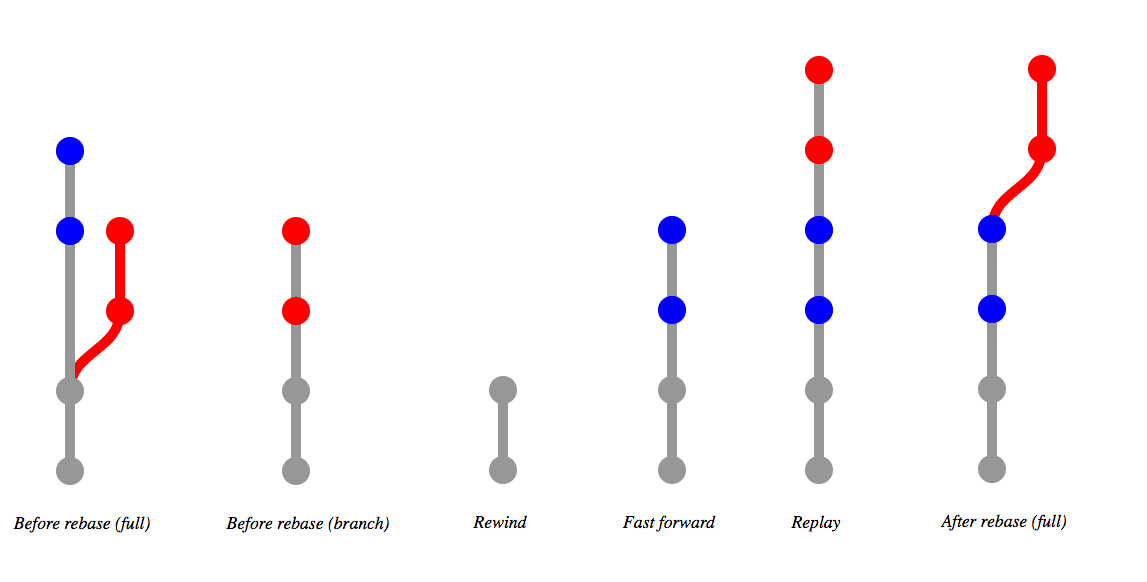

- REBASE BRANCH WITH MASTER GIT UPDATE
- REBASE BRANCH WITH MASTER GIT SOFTWARE
- REBASE BRANCH WITH MASTER GIT CODE
In the case you don’t want to bypass the commit that caused the conflict, you can skip it. Instead, you want to continue the rebase as the rebase hasn’t finished yet. git statusĪfter that, make sure to to not commit those changes. Verify the conflicted files are staged using the status command. Once conflicts are resolved, make sure to stage the file. If you run into conflicts, the terminal will display a message starting with the word CONFLICT Merge conflict in followed by the path of the file with conflicts. There can be conflicts that need to be resolved during a rebase.

Fix conflicts during rebase or skip to continue rebase, or abort the rebase (optional) Start to rebase in the feature branch by using the name of the branch you are rebasing onto. git checkout login-pageĬheckout the login-page branch after pulling the latest from the master branch 7. Make sure to be in the feature branch that you want to rebase. These are the steps to rebase a branch in Git. *Notice in the git tree structure we have a login-page branch and a master branch. Example of a repository with a login-page branch For the sake of making it simpler to follow, we are going to have as a reference the following diagram. Now that you understand what the rebase does in Git, we will show you the steps to follow when starting a rebase. However, to start a rebase the only thing you should know is the name of the branch you are rebasing onto. The rebase commands have different configurations that can be used prior to starting rebasing. In other words, you would get all of the latest changes from master branch in feature A branch as if those commits happened first prior to you making commits to feature A branch, making sure feature A branch is up to date with master branch.
REBASE BRANCH WITH MASTER GIT UPDATE
If you use the rebase command onto master branch, you will update feature A branch base commit. Hence, in case you decide to merge feature A branch to master, there is a possibility of running into conflicts. However, since there are new changes in master branch after merging feature B branch, feature A branch no longer has the latest changes from master branch. Meanwhile, you have been working in feature A branch. Hence, it is normal for that person to merge the feature B branch to the master branch to update the main codebase typically used for production deployments. In this scenario, we are going to assume someone in the team has finished their development in feature B branch. Let’s say, you created feature branch A, and someone else created feature branch B. Whenever we create a feature branch, the feature branch is created off of a specific branch, typically the latest commit of the master branch.Īs there are more people working on a project, other feature branches are created.
REBASE BRANCH WITH MASTER GIT SOFTWARE
Next, you should create a commit for your resolution using git commit -mfollowed by your Git commit message.During software development, it is typical to have a master or a main branch and multiple feature branches.
REBASE BRANCH WITH MASTER GIT CODE
You will have to leave the terminal to open the conflicting files in your preferred external editor to decide which pieces of code you want to keep, and which you want to discard.Īfter working through and saving your changes, you can stage them by running the git add command followed by the file name. Unlike in GitKraken, where resolving conflicts is just one click away, you don’t have enough context to immediately identify where the conflicting code exists when working in the CLI.


When Git detects conflicting changes, it will pause the rebase at the erroneous commit. Sometimes, attempting to rebase a Git branch can result in conflicting changes which need to be resolved before the action can be completed. How do you resolve a Git rebase conflict in the terminal?


 0 kommentar(er)
0 kommentar(er)
